Movement in the classroom is so incredibly important. Studies have shown that humans in general are sitting for longer and longer periods of time. I don’t know about you, but If I sit for longer than 30-45 minutes, I start to lose my focus, get distracted, and lose interest in what I’m working on.
If I (as an adult) experience those feelings, then I’m pretty sure those feelings are even more extreme for our students.
Getting students up and out of their desks is a great way to boost engagement, build community, and provide opportunities for cooperative learning.
All those things are possible when we are intentional about planning for movement in the classroom.
In this post, I have four routines I’m going to share with you that will help you bring in more movement in your classroom.
Why should we incorporate movement in the classroom:
- Movement routines get kids out of their desks. When kids are up and moving around it can help improve their attention and focus for the specific learning activity.
- Movement activities incorporate collaboration. This means students are interacting and discussing with their classmates. This helps students hear a variety of responses and perspectives to a question. It can either validate their thinking or share a new perspective to think about.
- Movement activities help create a positive classroom community. When students are used to moving around and partnering up with their classmates on a regulary basis it will help you create a positive classroom community where students enjoy working with all their classmates.
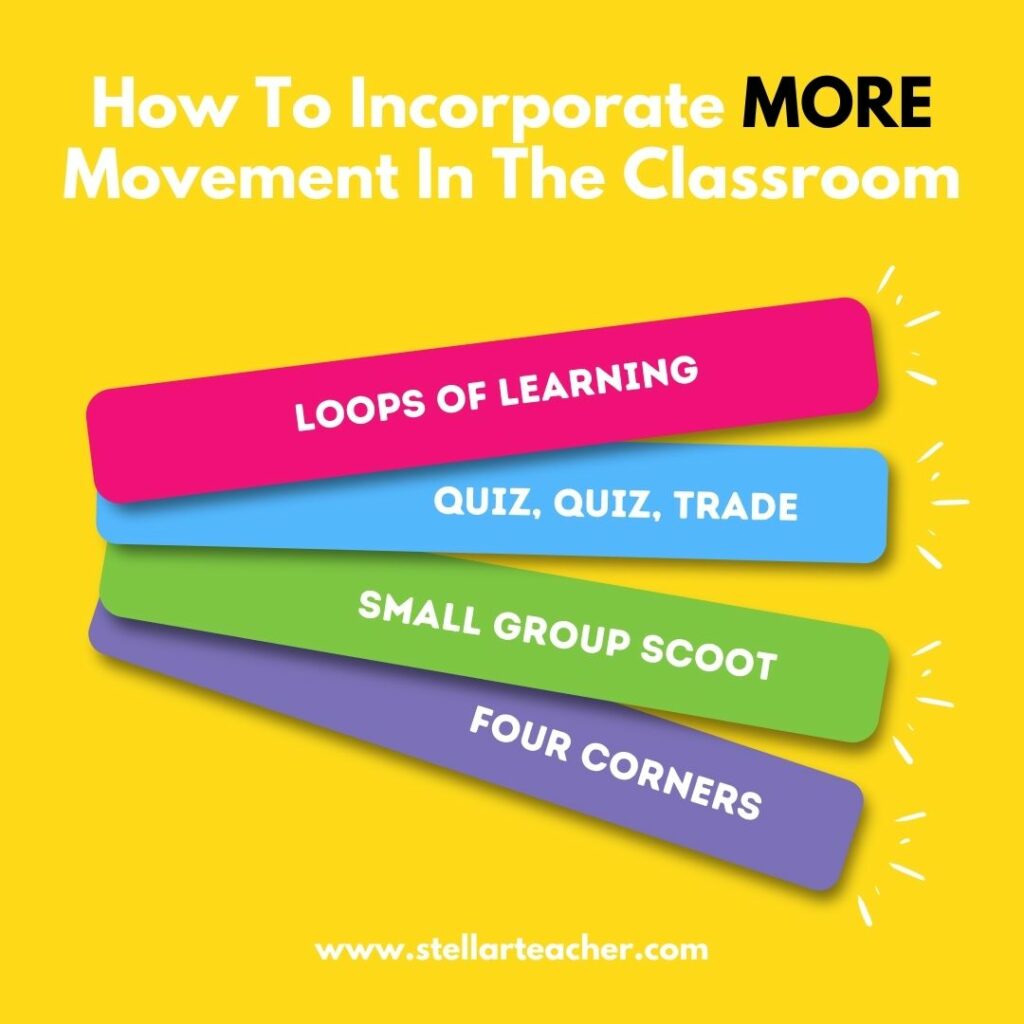
Movement in the Classroom Routine #1 – Loops of Learning
I love using this routine as part of our morning meeting, a warm-up for reading, or even right before dismissal. It is a whole group routine that is pretty easy to teach your students. Once they are familiar with the routines, you have a super quick and easy way to bring in more movement in the classroom.
Here’s how you do Loops of Learning:
- Split students into two groups. If you do loops of learning on a regular basis, you might just want to have your A group and your B group (or your inside circle students and your outside circle students).
- Have your students form two concentric circles. This means one group of students will form the outer circle and face in. The other group of students will form the inner circle and face out. I would suggest practicing your circle formation a few times when you introduce this routine to help improve the efficiency of it.
- Each student should be directly across from another student. This will be the person they will discuss the question or prompt with.
- You (the teacher) will give the class a question to respond to. It could be an open-ended question about a book you just read, or a closed question to guage their comprehension of the text. You could even do this with true and false or multiple choice questions – just make sure students get a chance to explain their thinking along with their answer choice.
- Once students have answered and discussed the question with their partner, the circles will both rotate in opposite directions. Now students will be standing face-to-face with a new partner.
- You can repeat and continue asking questions, having students answer, and having the circles rotate until you have finished the questions or when students have adequately moved.
This movement routine works great with open-ended questions about a read-aloud, or you could even do this to review homework or questions on a worksheet. Students can complete it individually and then share their answers with loops of learning.
What I like about this movement routine is that it gives more students a chance to share their thinking before you reveal the correct answer.
And it’s fun. Students love the loops of learning.
Movement in the Classroom Routine #2 – Quiz, Quiz, Trade
Another way you can incorporate movement in the classroom is with the routine Quiz, Quiz, Trade. This is a fun routine to use if you are getting ready to prepare for an end-of-unit test and you want a fun way to help your students review the material.
Here’s how you do Quiz, Quiz, Trade:
- First, give every students a task card with a different question on it. Ideally each student would have their own question or question stem to respond to. You could even pass out short little reading passages with questions on it, but the most important thing is that not every student has the same question/text in front of them.
- Before students start to move around, encourage them to read their own question and figure out their answer first.
- When you are ready to begin, students will stand up and move around the room to find a partner. I encourage students to find the first person they bump into.
- When students have found a partner, each student will take turns asking their partner their question and then responding.
- Once both students have responded to the question or the task cards, they will switch cards. Get it. They quized, quized, and now they are trading cards.
- Now students have a new question to ask and they can go about finding a new partner to repeat the quiz, quiz, trade process.
I like doing this routine with students because it makes it ok if students end up partnering up with the same student more than once. Sometimes students try to partner up with their friends multiple times. Or maybe you have a few really shy students who only try to partner up with a few other students.
But if questions are constantly being rotated, if a student does partner up with a classmate more than once, they are still getting exposed to a different question stem more than once.
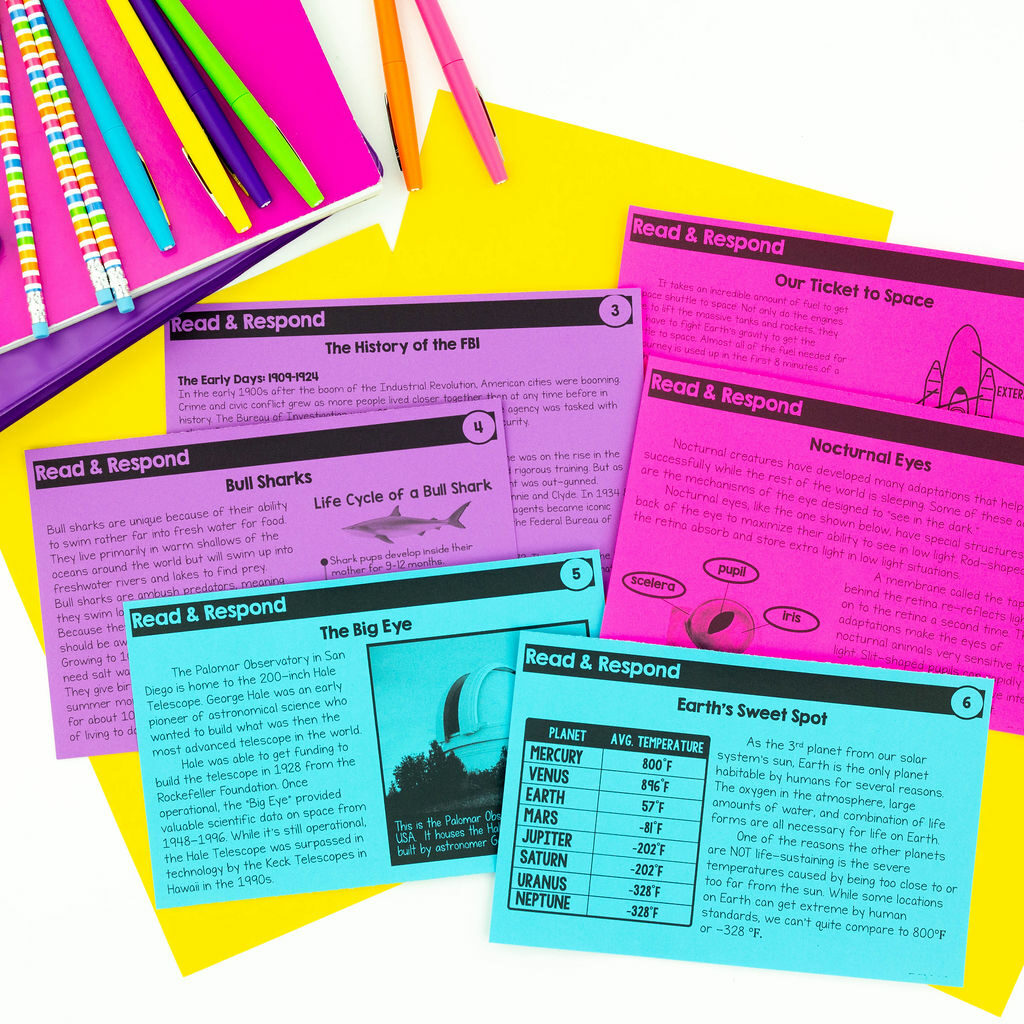
Movement in the Classroom Routine #3 – Small Group Scoot
I love using scoot for independent practice. It allows students to work independently, and quietly, while still having the option of walking around, standing, and moving in between questions…. but sometimes we never had enough time (or practice problems) for the entire class to do a scoot, which is why I like using small group scoot as a regular option for independent practice.
Here’s how you do Small Group Scoot:
- Form small groups of students. This really does work best if you already have your students desks in groups of 4-6. Each group of students will get a set of response questions or task cards. Depending on your goal or focus skill, you can give each group the same sets of questions or task cards, or give each group a different set of practice questions.
- Place one response question or task card on each student’s desk.
- Have students stand up, push their chairs in, stand behind their desk and then read and respond to whatever task card or response question is on the desk in front of them.
- When the teacher says “Scoot”, all students will rotate around their table in a clockwise direction.
- Every time a student scotts, they are reading a new task card or answering a new questions.
- Students will scoot until they’ve completed all the task cards or questions at their table.
Task cards are my favorite resource to use for small group scoot. If you already have a set of task cards and are looking for meaningful ways to use them beyond just scoot or independent practice, check out this blog post I wrote about how you can use task cards to improve reading comprehension.
Movement in the Classroom Routine #4 – Four Corners
So while I’m not a huge fan of regularly giving students multiple-choice tests for reading throughout the school year, this routine can be really helpful when you are getting ready to start test prep at the end of the year. And if you happen to be in a school district that does require multiple-choice practice on a regular basis, this could be one way that you can increase the engagement of anything related to multiple-choice.
Here’s how you do Four Corners:
- First, you will need to label all four corners of the room with one letter: A, B, C, D. If you happen to regularly use multiple choice tests with additional options like EFGH, then just be sure to label the corners A/E and B/F and C/G and D/H so you can use your corners for both answer choice options.
- Next, students will answer a multiple-choice quesion. You could have students just do one question at a time, or you could have them answer all of the multiple-choice questions and you just review their answers using four corners.
- As a way to make multiple-choice test more meaningful, I also like to encouarge students to explain their answer choice. I will often give them a post-it note that they can use to explain their thinking for which answer choice they selected.
- Once your students have answered their questions, you’ll need to give them some sort of command to move to the corner of the room that corresponds to the ansswer they chose. A simple “go” or “move” or even “choose your corner” will work.
- Once students are in the corner, I like to give them a chance to share their thinking with other students in that same corner. AND I like to have a representative from each corner share why they chose that answer choice.
Now, Here is the part that might be the most important… - Before you reveal the correct answer, give your students a chance to change their answer based off of the thinking they have heard. It’s possible that they heard some new evidence shared or a different way of looking at the question that they hadn’t considred before. And ultimately we should be more concerned with our students’s thinking (or change in thinking) then just the answer.
- Finally, reveal the correct answer to your students.
I like doing Four Corners during test prep because it can help break up all the multiple-choice practice. I usually would just have students answer one question at a time followed by a four corners routine. AND since I let students change their thinking or answer during the process it really helped boost the confidence of students who typically get anxious about standardized tests.
Four Corners is such an easy way to incorporate movement in the classroom.
Another way you could do this is to label the corners with a specific category or descriptor (see list below) and after reading a shared text, let students go to that corner:
- You could label the corners:
- I have a strong connection to make.
- I have a question I’d like to discuss.
- I have a prediction that I want to share.
- I have a strong opinion about this text.
- After a shared reading experience you could have students write down their choice and then go to the corner to discuss the text with other students.
Once you start incorporating some of these movement routines into your classroom, you’ll start to see all the different ways you can switch them up slightly.
Put it into practice…
Here is your challenge. Pick one movement routine to teach your students this week. You don’t have to do all four, but definitely pick one and plan to share it with your students this week.
I hope you and your students love the extra movement in the classroom.
Happy Teaching!
Word Lists for Most Common Prefixes & Suffixes
Teaching word study is important in upper elementary. Grab this free download to get a list of the 15 most common prefixes and the 15 most common suffixes. If you teach these prefixes and suffixes to your students, they will have the tools to read and understand over 90% of all words with prefixes and suffixes!
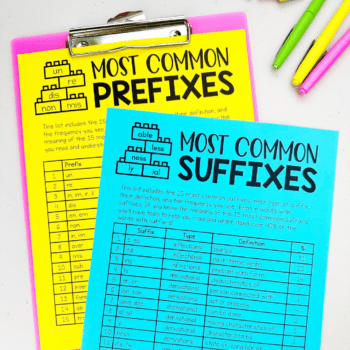


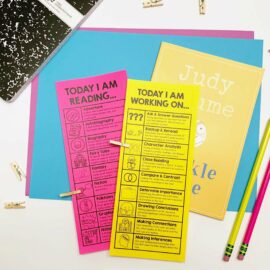
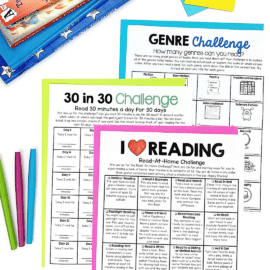




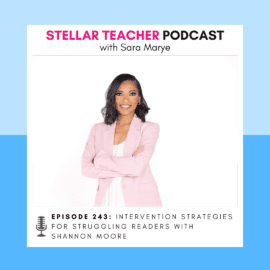




Leave a Comment
You must be logged in to post a comment.